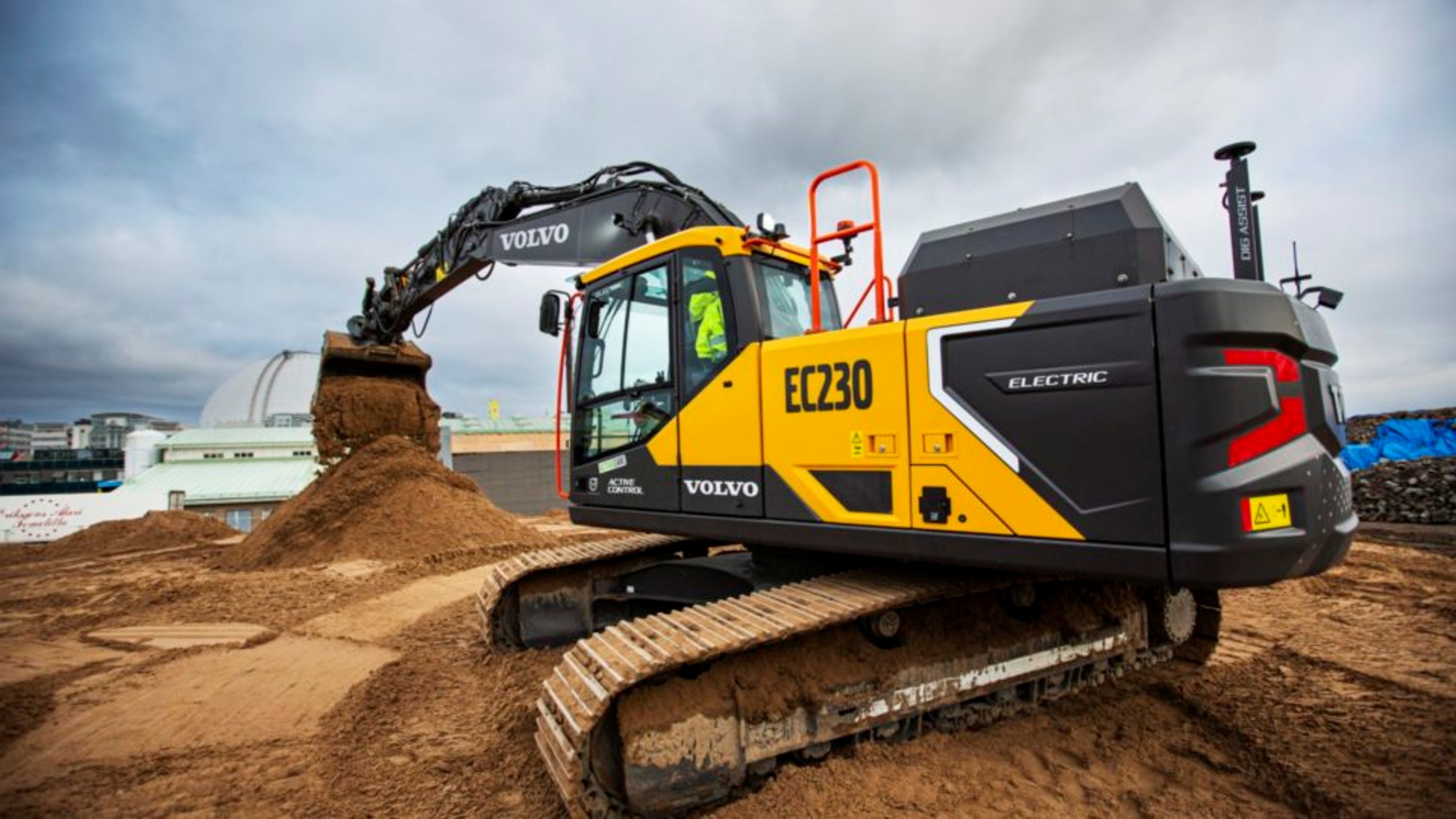TL;DR
Georgio Delpiano (Former SVP of Business Mobility from Shell) discusses revolutionising fleets.
· Fleet electrification and depot charging are the main drivers of EV infrastructure growth.
· Traditional fuel stations will evolve into larger, multi-service hubs with fewer locations.
· One fuel pump delivers roughly the same energy as 10 EV chargers, requiring bigger sites.
· The current EV charging market is fragmented and will consolidate over time.
· Only well-capitalised, efficient, and customer-focused companies are likely to survive.
EV Infrastructure and Fleet Electrification
This episode explores the rapid transformation of electric vehicle infrastructure, focusing on fleet electrification, charging innovation, and how legacy energy providers are adapting. The discussion features insights from Georgio Delpiano (Former SVP of Business Mobility from Shell) hosted by Chris Sass and Niall Riddell from Paua. Georgio shares perspectives on consumer behaviour, infrastructure demands, and market consolidation.
The EV Transition Is Accelerating
The energy transition is not just about electrifying cars but about redesigning the entire ecosystem. Electrification of transport is driven heavily by commercial fleets—last-mile delivery, logistics, and buses—rather than private consumers. Fleet operators are often more motivated by economics than sustainability. The declining total cost of ownership (TCO) for electric fleets is a strong driver for adoption.
Battery swapping has emerged as a viable model in Asia, particularly in the delivery segment, though it's unlikely to scale broadly in Western markets due to operational complexity. Home and depot charging remain the most common models, with fleet depots playing a critical role.
Depots Are the Epicentre of Fleet Charging
Depot charging is becoming increasingly sophisticated. Unlike home charging, where minor delays are tolerable, fleet operators require reliable, fast, and intelligent infrastructure. Charging strategies are optimised not just for uptime but also for energy cost savings—charging during off-peak hours can save operators tens of thousands of dollars annually.
The energy intensity of depots will require massive investment. For example, McKinsey estimates Europe alone will need $10 billion to upgrade depot infrastructure. Depots also open the door for grid interaction and flexibility services, allowing fleets to participate in energy trading or demand response programs.
Rethinking the Role of Service Stations
The traditional fuel station is evolving. Already, more than 50% of visits are not related to fuel—people stop for coffee, snacks, or restrooms. EVs reduce the need for frequent visits, especially for commuters who can charge at home, but around one-third of charging will still happen "on the move."
Future service stations will likely be fewer but larger, as EV charging demands more space and time. A single fuel pump delivers as much energy as 10 EV chargers, necessitating changes in site design and economics. Retail offerings will become more important to profitability as fuel sales decline.
Market Fragmentation and the Path to Consolidation
Today’s EV charging market resembles the early days of many industries: crowded, inconsistent, and fragmented. Many startups lack sustainable business models, leading to poor customer experiences and hardware failures. Market consolidation is inevitable. As in the fuel industry’s past, only a few well-capitalised, efficient players will survive.
Rather than acquisition, many early players may simply fail, leaving only their physical assets to be integrated later. Successful companies will combine strong technology, robust operations, customer focus, and company culture to stand out.
Key Takeaways:
- China leads in EV deployment; Europe is 5 years behind, the U.S. 10 years behind.
- Fleet and depot electrification is the core driver of commercial EV growth.
- Service stations will shift from fueling hubs to broader convenience destinations.
- One fuel pump = ~10 EV chargers in energy throughput.
- The market is primed for shakeout; only efficient, customer-focused players will thrive.
Click here for the full episode






